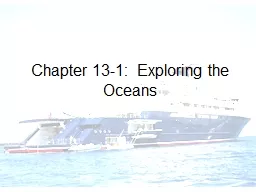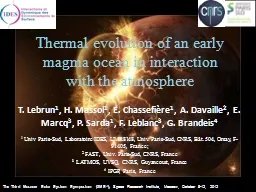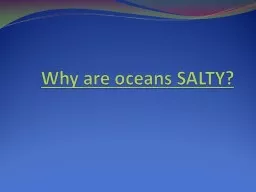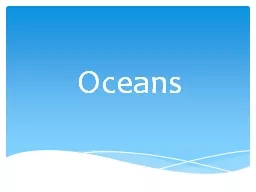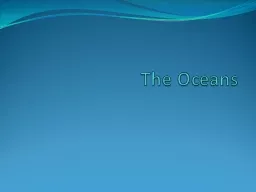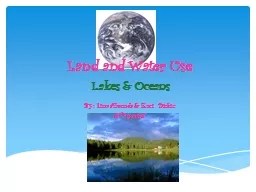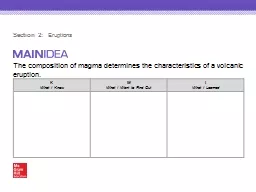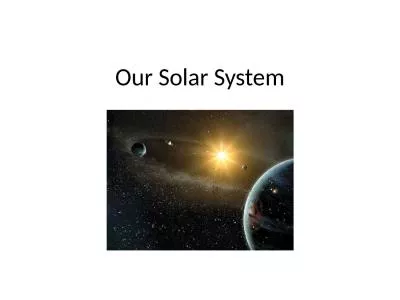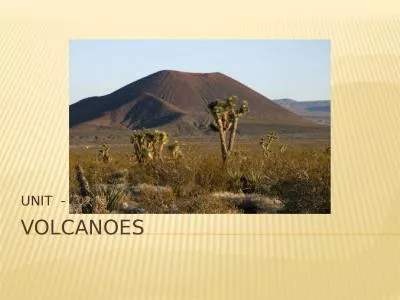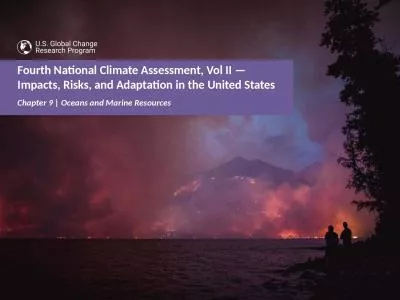PPT-Magma Oceans in the Inner Solar System
Author : stefany-barnette | Published Date : 2019-11-06
Magma Oceans in the Inner Solar System Linda T Elkins Tanton Magma Oceans Planetecimals accreted first 15MA of Solar System 1694 Gottfried Wilhelm Leibniz Suggested
Presentation Embed Code
Download Presentation
Download Presentation The PPT/PDF document "Magma Oceans in the Inner Solar System" is the property of its rightful owner. Permission is granted to download and print the materials on this website for personal, non-commercial use only, and to display it on your personal computer provided you do not modify the materials and that you retain all copyright notices contained in the materials. By downloading content from our website, you accept the terms of this agreement.
Magma Oceans in the Inner Solar System: Transcript
Download Rules Of Document
"Magma Oceans in the Inner Solar System"The content belongs to its owner. You may download and print it for personal use, without modification, and keep all copyright notices. By downloading, you agree to these terms.
Related Documents


